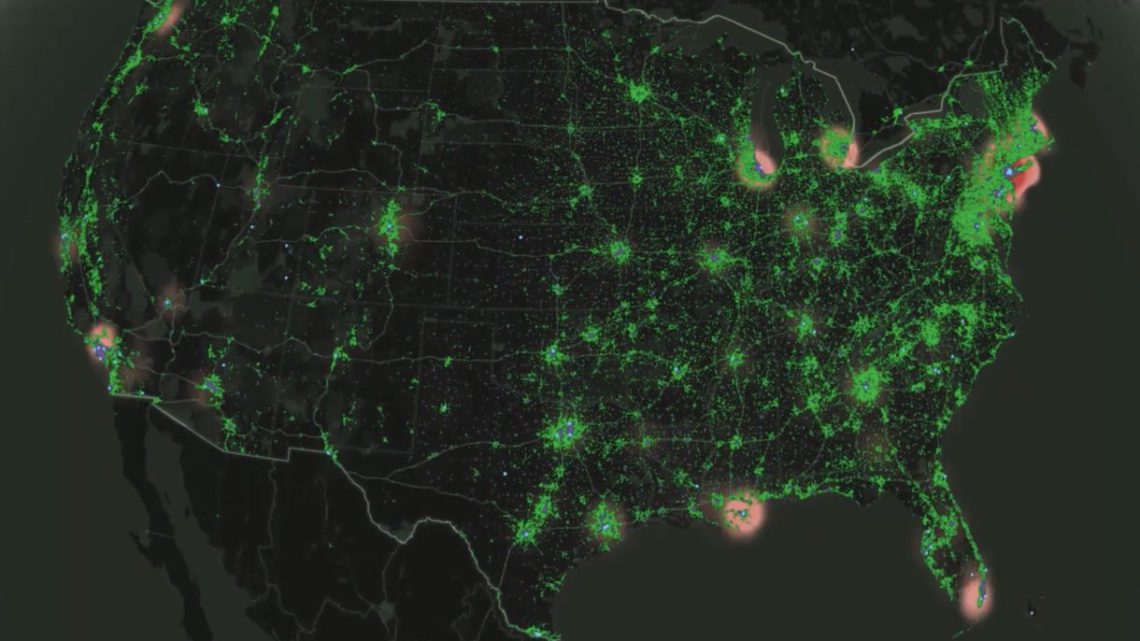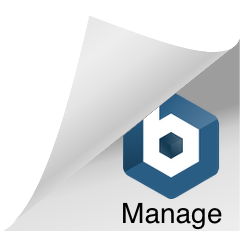
How do you fight an invisible threat? This is the question experts across fields, industries, and nations are scrambling to answer as the world attempts to tackle the Coronavirus (COVID-19) pandemic head-on.
And although the health-related risks associated with uncontrolled viral spread are beginning to be understood, the pandemic poses a major threat to an often under-reported facet of American life: defense supply chains.
As businesses and factories shut or slow down, the defense industrial base (DIB) will inevitably face difficulties in procuring items critical for national security. This will in turn affect research, development, and production of weapons systems and other infrastructure critical to the safety and security of our country. Unless COVID-19 is curtailed quickly, lapses in the supply chain could lead to diminished capacity for dealing with other, more traditional threats—exposing the U.S. to the wills of maligned actors.
To address the challenges the DIB faces during the pandemic, U.Group has developed a groundbreaking proprietary data platform called CASSE.ai that is able to track COVID-19 cases in and around the suppliers the DIB relies on in real-time, allowing the U.S. government to anticipate where—and when—lapses in the supply chain might arise.
Read on to learn more about the unique challenges COVID-19 creates and the ways U.Group harnesses data to track and manage the virus’s spread—without infringing on citizens’ privacy rights.
The Unique Challenges COVID-19 Presents
COVID-19 has proven to be a challenging threat to get ahead of—it strikes rapidly and can be transmitted by asymptomatic carriers, making it difficult to track. Without accurate tracking, it’s nearly impossible to fully understand the virus’s severity and impacts. Even with advanced modeling, we’re always one (or two) steps behind.
Community practices like disinfection, quarantines, and social distancing help combat the spread somewhat, but these measures alone are not enough. They’re difficult to enforce, especially in areas with higher concentrations of essential workers, critical resource shortages, and areas where residents are particularly susceptible to disinformation campaigns.
Given these challenges, it’s clear we need to do more to trace and manage COVID-19’s spread. Before that can be possible, however, we must find a way to turn an invisible enemy into a visible, trackable entity. CASSE.ai is able to do exactly that.
How U.Group Uses Data To Track Virus Spread
Many data providers claim to have a solution to this problem by tracking user location data from cell phone towers. But this method can only provide a broad area down to ¾ square mile, rather than a pinpointed location. It’s better than nothing, but not enough to inform actionable policies around viral spread.
Our platform overcomes the weaknesses inherent in other providers’ cell phone tower approach by using two types of readily available data:
- Measurement and signals intelligence (MASINT & SIGINT) through internet of things (IoT) and other GPS-enabled devices
- Open-source intelligence (OSINT) through public social media posts, CDC confirmed cases, and U.S. government suppliers
Using a combination of these data types allows us to provide information that is more localized, more up-to-date, and more relevant to DIB concerns—while respecting citizens’ privacy. Here are the ways we use each type of data to make CASSE.ai work:
Measurement and signals intelligence
Telecommunications and technology conglomerates capture user location data by embedding native applications for their own internal use—they typically leverage this data to improve their products, to use in marketing, and for other analyses.
Below the surface of our favorite games, utility applications, and social media apps lie marketplaces created to buy and sell big data around location services. The marketplace participants put a small line of code in their application to gain access to data on what their users are doing offline so they can better market their applications. This data is derived from GPS/IMU sensors, Bluetooth signals, and other IoT-connected devices.
However, this data in its raw form can be traced back to individuals, which is why we have seen such an uproar in the past few weeks with videos that have gone viral with claims of mobility patterns. Our novel approach uses data science to aggregate this data to obfuscate personal information on ingest.
By fusing this data with context around COVID-19 confirmed cases and individuals experiencing symptoms, our platform establishes a starting point from which analysts can work backwards (and forward with our predictive learning) to understand the pattern-of-life device behavior and location information to expose risk.
The CASSE.ai platform then overlays this information to a map of non-traditional startups and suppliers to the U.S. government to understand movement patterns in and out of those facilities and assess risk posed to the DIB.
Open-source intelligence
Since the initial outbreak of the pandemic, U.Group has been exploring new ways to build data science capabilities around tracking mobility insights and COVID-19 spread patterns derived from open-source intelligence. By tapping into social media insights, CDC reports, and other OSINT sources and aligning that data with critical infrastructure information—like hospital bed numbers and exposed DIB supplier facilities—we can help our users understand vulnerabilities under a variety of contexts.
Privacy protection considerations
With a security-first approach to everything we do, U.Group understands that privacy is paramount when dealing with user data. Despite stripping PII away, inferences and pattern recognition can quickly emerge—especially since we track nearly 12 billion data rows each week. So even with the data scrubbed for anonymity, the question still remains: how do we maintain an unspoken social contract of user discretion with people we’ve never met?
To maintain user privacy while enabling our platform to draw inferences critical to public health and national security, U.Group rapidly prototyped a cloud-agnostic platform that consumes, cleans, correlates, and visualizes both SIGNT and OSINT.
We then fuse the data in a spatial-temporal (function of time and space) format. The end result is CASSE.ai, the most accurate and user-centric COVID-19 heat map for safeguarding against threats to the DIB available. CASSE.ai provides digestible enhanced threat awareness, identification of intelligence gaps, data discovery, and decision support—all while protecting user privacy.

